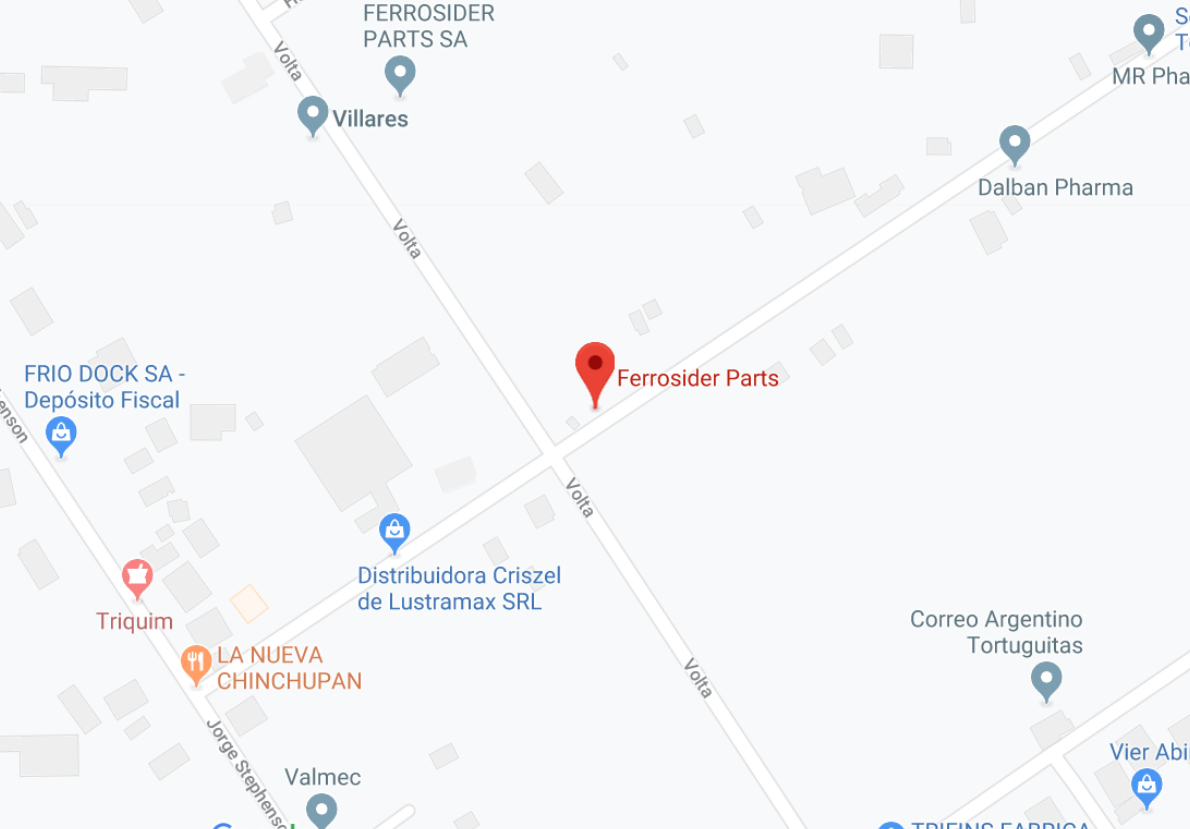
- Symantec encryption desktop 10.3.2 motherboard change how to#
- Symantec encryption desktop 10.3.2 motherboard change windows 10#
- Symantec encryption desktop 10.3.2 motherboard change windows#
Resuming BitLocker protection with Control Panel Once you're done making system changes, you can always resume encryption to keep your files protected. Instead, the option makes the BitLocker key available to anyone in clear text, and additional data that you create will still be encrypted on the drive. Using suspension doesn't decrypt the data. Once you complete these steps, the BitLocker protection will be temporarily disabled without decrypting your data so that you can perform firmware and system updates without problems.
Symantec encryption desktop 10.3.2 motherboard change windows#
To suspend BitLocker using Control Panel on Windows 10, use these steps:
Symantec encryption desktop 10.3.2 motherboard change how to#
How to suspend BitLocker using Control Panel
Symantec encryption desktop 10.3.2 motherboard change windows 10#
In this Windows 10 guide, we walk you through the steps to suspend (and resume) BitLocker on your device to prevent issues during system modifications. What's more, it can be used for secure file sharing and allows users to encrypt or sign data in opened windows or located in the clipboard.However, you can prevent problems while using encryption by suspending BitLocker on a system drive to successfully perform firmware, hardware, or Windows 10 updates in at least three different ways, using Control Panel, PowerShell, and Command Prompt. Having Symantec's proven technology at its core, the Encryption Desktop utility relies on user-generated PGP keys to protect important information that is transferred from and to email clients, as well as data stored locally on the user's computer. Robust email proxying and data encryption application And, as expected, it also comprises a data wiping tool that can shred important files users want to get rid of permanently. Going even further, it can encrypt entire disks or partitions, rendering the computer unable to boot in case anyone tries to break into it without permission.Īdditionally, it enables users to generate virtual disks, each having its own unique PGP key, where sensitive data can be stored safely. It can create so-called PGP Zips, meaning it can encrypt the contents of any folder on the computer. While its main purpose is to secure email content, Symantec Encryption Desktop also delivers additional data protection tools. Encrypt files, folders, or entire drives, and create virtual disks Advanced messaging safety standards are supported, such as PGP/MIME RFC 3156, S/MIME v, X.509 v3, or OpenPGP RFC 4880. Aside from the default policies, users can create additional rules for message encoding. To benefit from automatic email encryption, users must create a new PGP key for their email account and configure the security policies they want Symantec Encryption Desktop to apply. Popular mail protocols are supported (POP3, SMTP, IMAP, MAPI, and Lotus Notes). In its endeavor to achieve unbreakable data protection, it relies on PGP technology and uses strong public key algorithms, such as DSA (1024-bit keys only), RSA (up to 4096-bit keys), and Diffie-Hellman.

Symantec Encryption Desktop is compatible with the most popular email clients, namely Microsoft Outlook, Exchange and Office 365, Windows Live Mail, Thunderbird, Lotus Notes / Domino Server, and can also encrypt data on Exchange, IBM Domino, and vSphere servers. Powerful and automatic email encryption tool Leaving aside the encryption capabilities provided by any reputable email client, the end-to-end email encryption provided by Symantec Encryption Desktop can automatically safeguard the content in the user's emails, making the transfer between source and destination clients much more difficult to intercept. Having private information in emails end up in the wrong hands is a worst-case scenario, especially in the corporate environment.


 0 kommentar(er)
0 kommentar(er)
